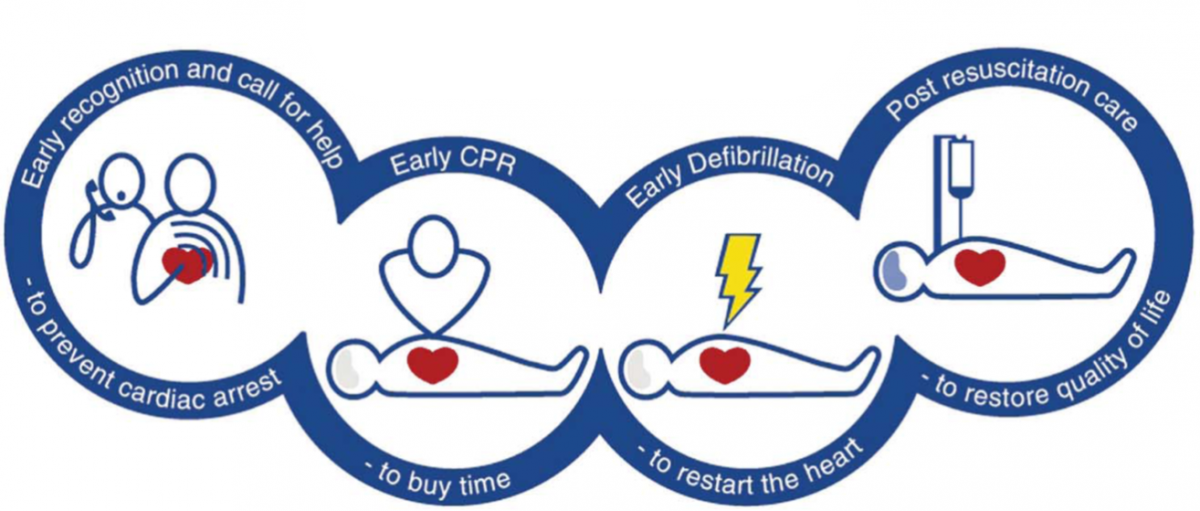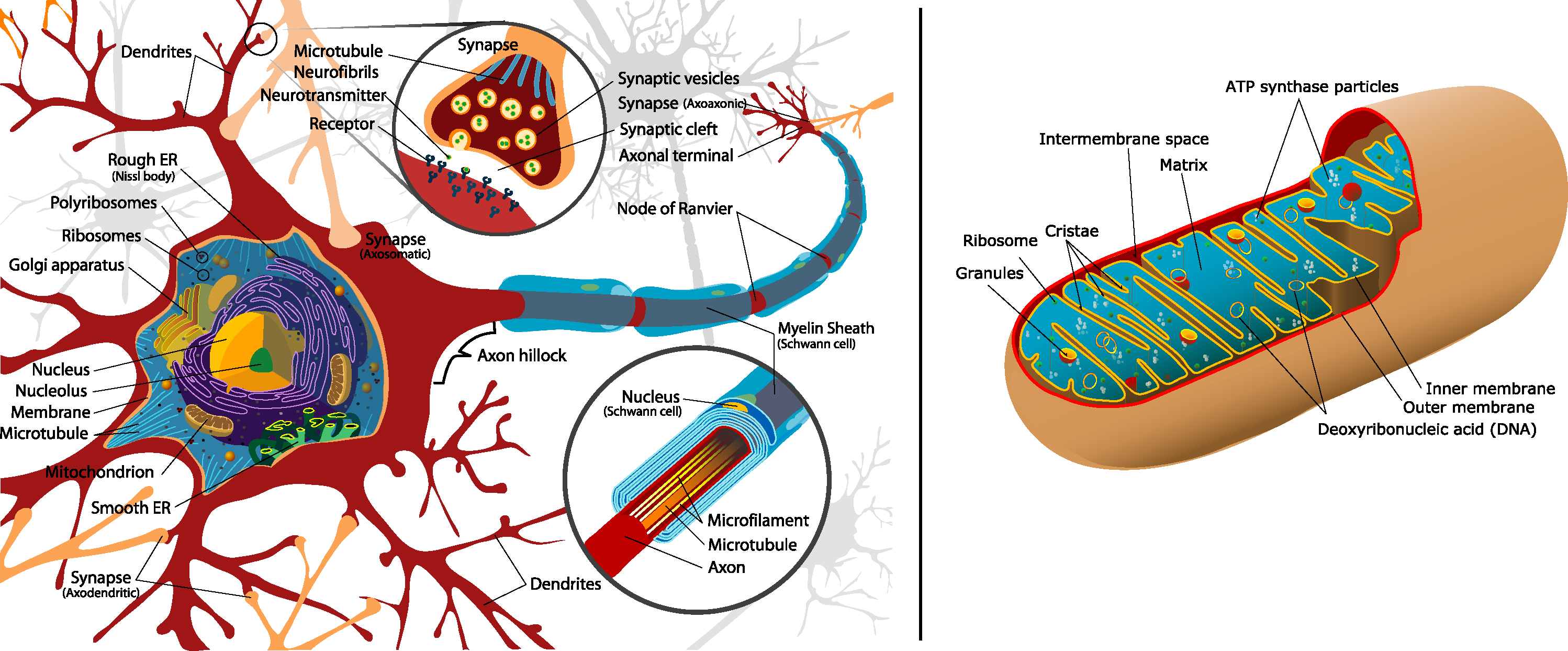Temperature plays a pivotal role in the behavior of membranes ... and membranes form the crucial boundary separating the content of each living cell from the world outside. This has been true for 3.8 billion years, since cells first began the long, unbroken chain of life on this planet.
Concentrations of ions - think Na+, K+, Cl-, Ca++ - are vastly different inside and outside the cell. Critical ion gradients also exist across inner mitochondrial membranes (and while the cell membrane has been with us since the dawn of life, the mitochondria and their distinctive membranes joined in when eukaryotes first appeared 2 billion years later). Constant energy (ATP is the currency) is expended to maintain transmembrane gradients, preserving order and guarding the fragile, emergent state of the living cell against the constant threat of entropy, which rules the vast non-living world.
When we think of the physiology of large multicellular organisms - H. sapiens is one - there is plenty to distract us from the basic reality that, despite the complexity of overall function, life or death is maintained at the level of the cell. Amidst the drama of a lifesaving effort, after a patient has been stabilized following cardiac arrest, and return of spontaneous circulation has restored pulse and blood pressure, thoughts of caregivers must quickly turn to protection of membranes - of all cells, but especially of CNS neurons - so vital to the functioning of a human individual, yet so vulnerable to injury when circulation is interrupted, even for just a few minutes.

Of all therapies so far evaluated to improve outcomes for patients who find themselves survivors of sudden cardiac arrest, one has been shown to deliver dramatic benefit: prompt lowering of core temperature from 98.6° to 90°F for a 24 hr. period.
Why should such a modest intervention have such great value? Mechanism of benefit includes changes in the behavior of membranes as ambient temperature is lowered ... and make no mistake: there are a lot of membranes to make behave. Altogether 6 acres of CNS neuronal membranes cover the 100 billion neurons in each patient's brain. When membrane function begins to falter, Ca++ gradients are disrupted, neuronal traffic is disturbed; Na+ and Cl- shifts result in cellular edema; failure of H+ gradients across mitochondrial membranes limits ATP generation, exacerbating problems. As mitochondria fail, the biochemical pathways of apoptosis – programmed death of the cell itself - are set into play.

Prompt reduction of patient's core temperature - once circulation has returned, while caregivers wait and hope for recovery of neurological function - should be an integral part of treatment considered for those who have survived beyond ACLS.
Remember to evaluate your patient after initial resuscitation from sudden cardiac arrest, and consider this 90º turn toward recovery as part of the care you provide.
References & Images:
http://www.ncbi.nlm.nih.gov/pmc/articles/PMC3035015/pdf/fneur-02-00004.pdf http://xa.yimg.com/kq/groups/14982767/170745160/name/Therapeutic+hypothermia.pdf
http://towermedical.co.uk/2012/10/therapeutic-hypothermia/
http://commons.wikimedia.org/wiki/File:Complete_neuron_cell_diagram_en.svg
http://commons.wikimedia.org/wiki/File:Animal_mitochondrion_diagram_en_(edit).svg
About the Author
Dr. Boogaerts earned his Ph.D. (Physiology) and M.D. from LSU Medical Center in New Orleans before coming to Alabama to pursue an Internal Medicine residency and Cardiology fellowship at UAB. He is currently a cardiologist with Cardiovascular Associates in Birmingham. His recent address on therapeutic hypothermia can be viewed here, password "miami_ice."